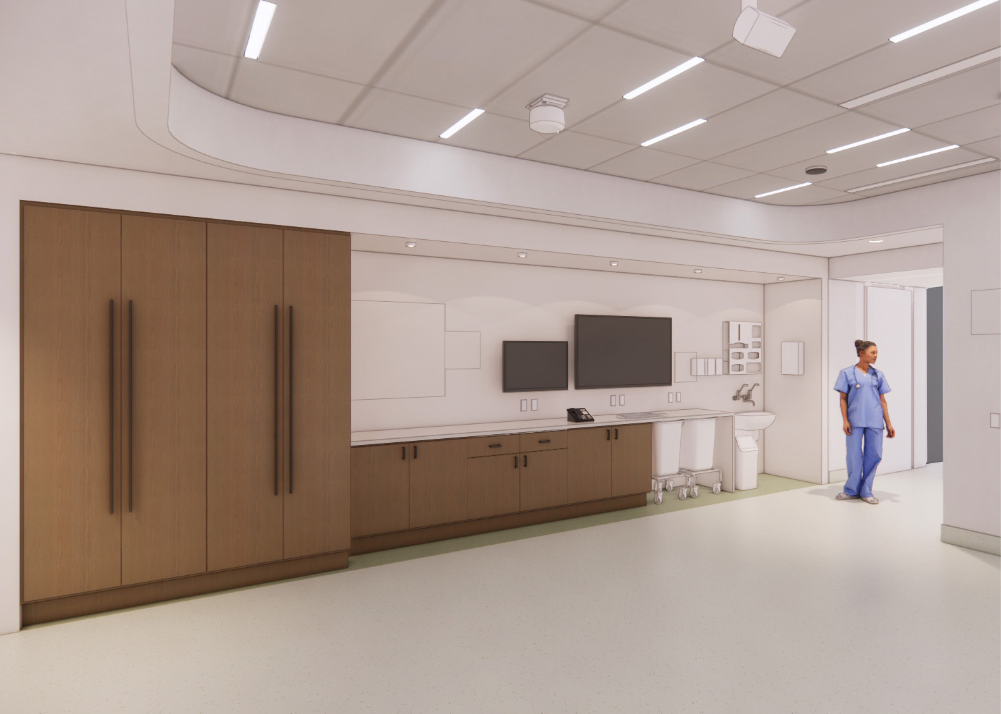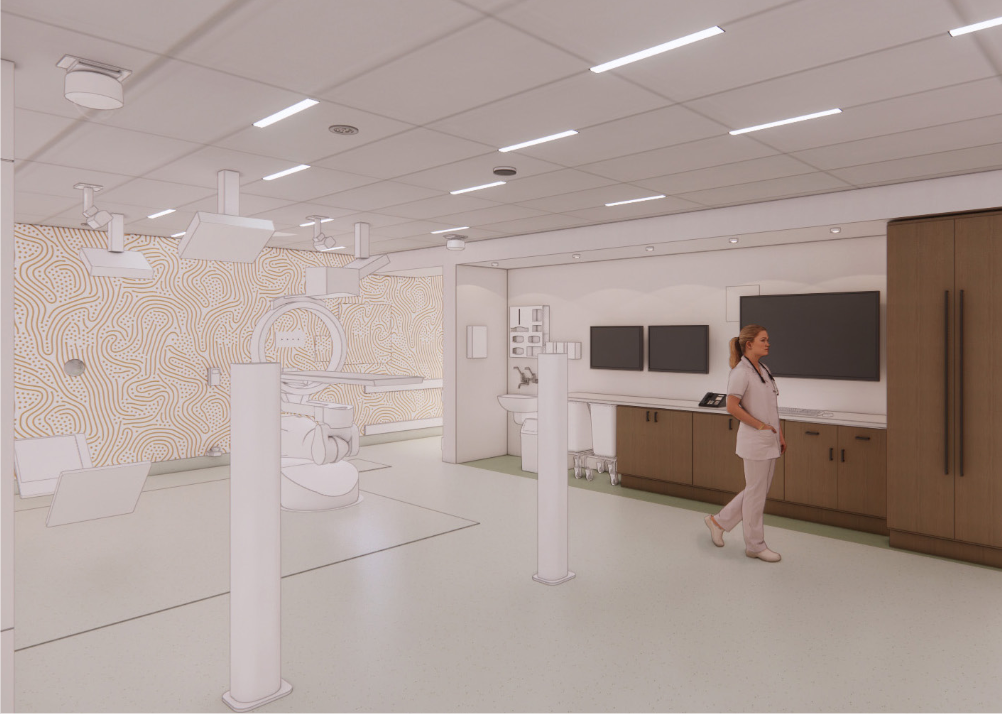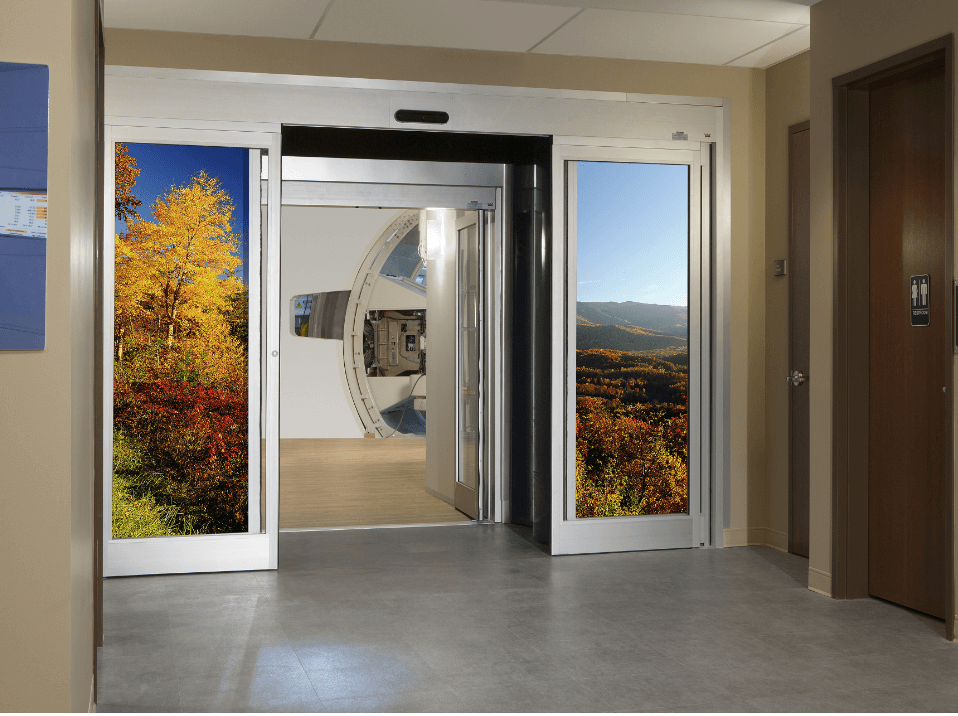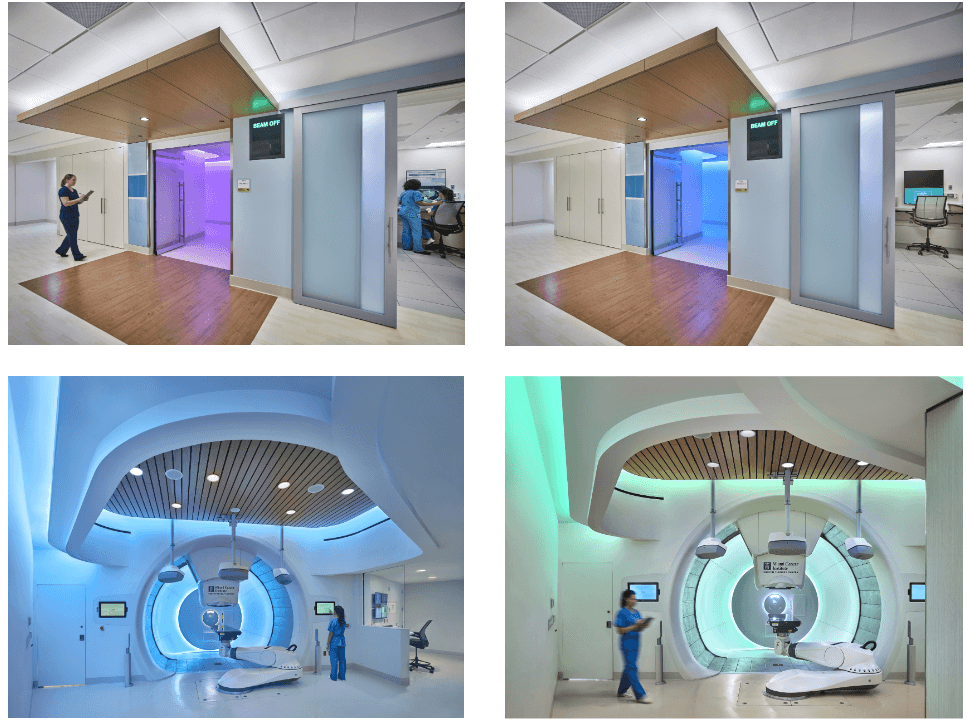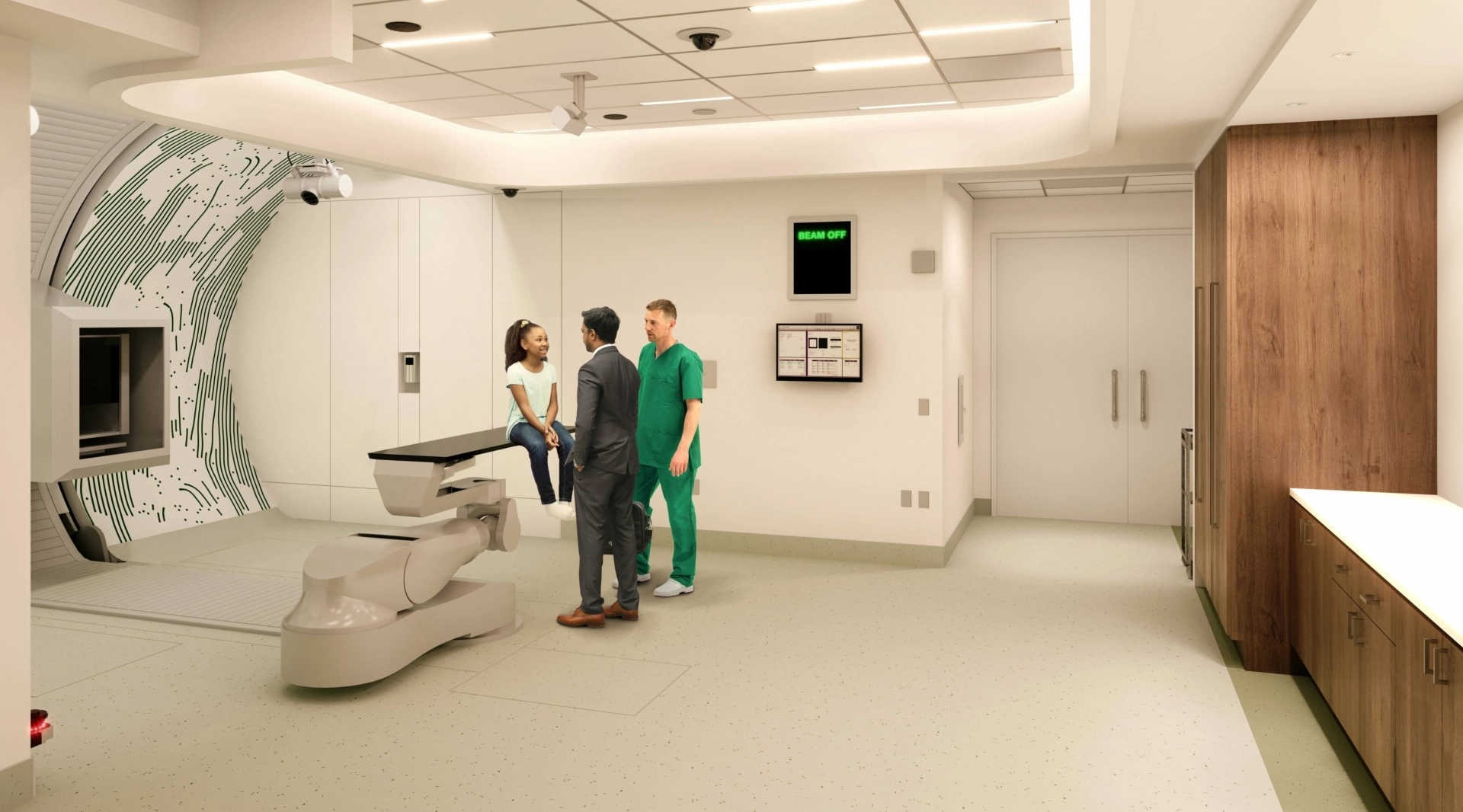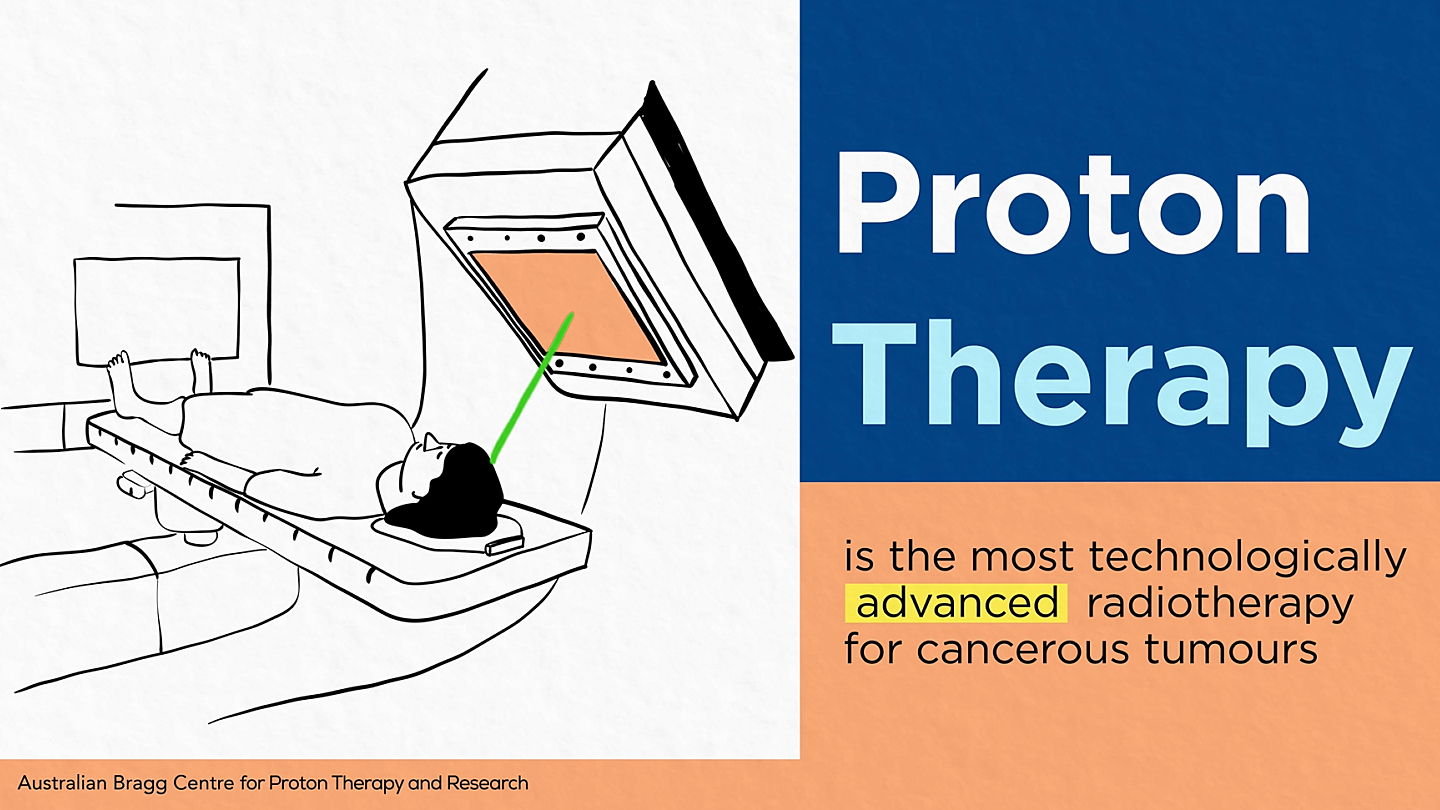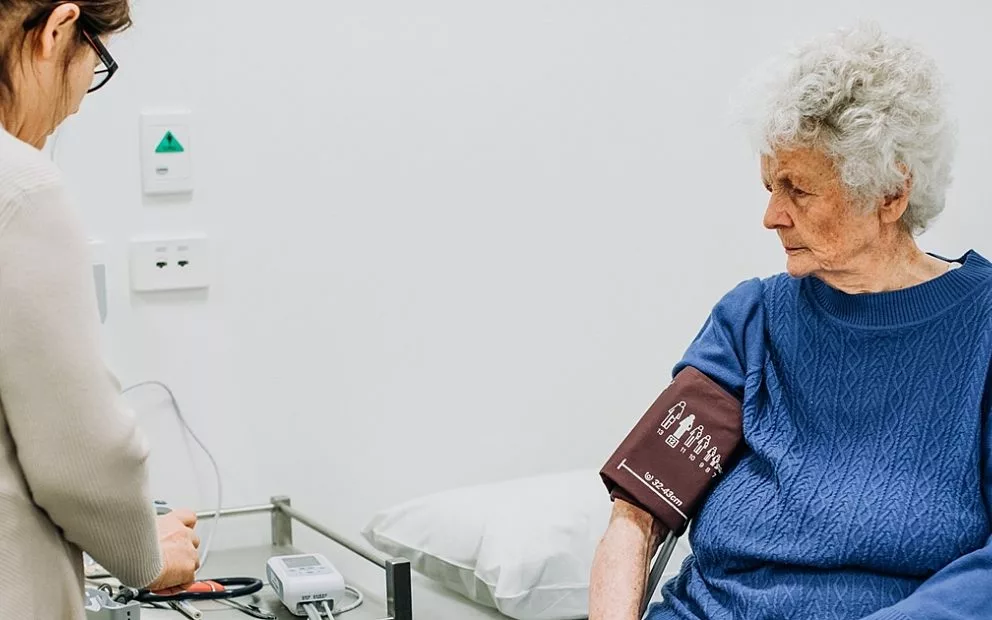The Australian Bragg Centre for Proton Therapy and Research will be Australia’s first proton therapy centre and the first of its kind in the Southern Hemisphere.
Proton therapy is a precise, non-invasive radiotherapy that can destroy cancer cells while minimising damage to surrounding healthy tissue including vital organs.
The Australian Bragg Centre for Proton Therapy and Research is to occupy the ground floor and three below-ground levels of the Australian Bragg Centre building on the eastern side of the distinctive SAHMRI building on North Terrace, Adelaide.
Installation of the proton therapy unit has been delayed, however all project partners remain committed to bringing this technology to Australia.
As a relatively new treatment option and one that remains expensive and not widely available, proton therapy has only been validated against a small range of cancers. The technology is potentially beneficial in treating many other diseases, but more research is needed in these areas to prove its efficacy.
About Proton Therapy
Proton beam therapy is a type of radiotherapy that targets tumours with high-energy, positively charged particles (protons).
It is a more precise alternative to X-ray (photon) radiation therapy, which is more commonly used to treat cancers.
The precise nature of proton therapy, with the ability to target cancer cells at a specific depth inside the patient, means there is less radiation delivered to healthy tissue surrounding the tumour. This can result in fewer side-effects for the person being treated. It also makes proton therapy a safer treatment option for children and adolescents since their rapidly growing and developing cells are more susceptible to damage from the radiation.
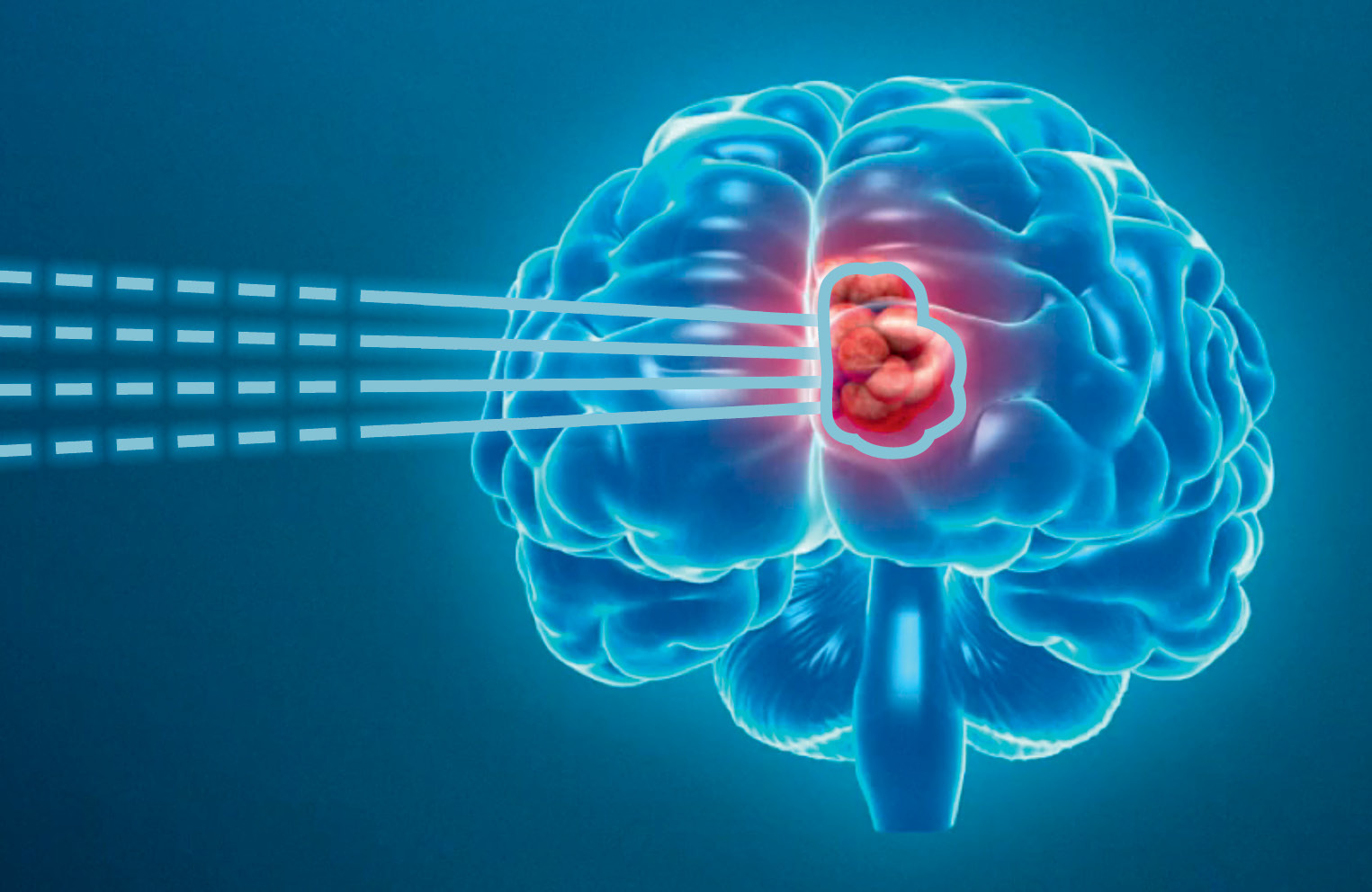
Vital research is needed to unlock the potential of proton therapy to improve health and save lives of people suffering from a range of medical conditions. As a relatively new technology, proton therapy is predominantly used for a selection of rare and paediatric cancers where research has demonstrated its efficacy and ability to reduce potential side effects. The Australian Bragg Centre for Proton Therapy and Research will be an international centre for research in this expanding field of medical science.
BRAGG Image Gallery
Images are courtesy of Stantec
